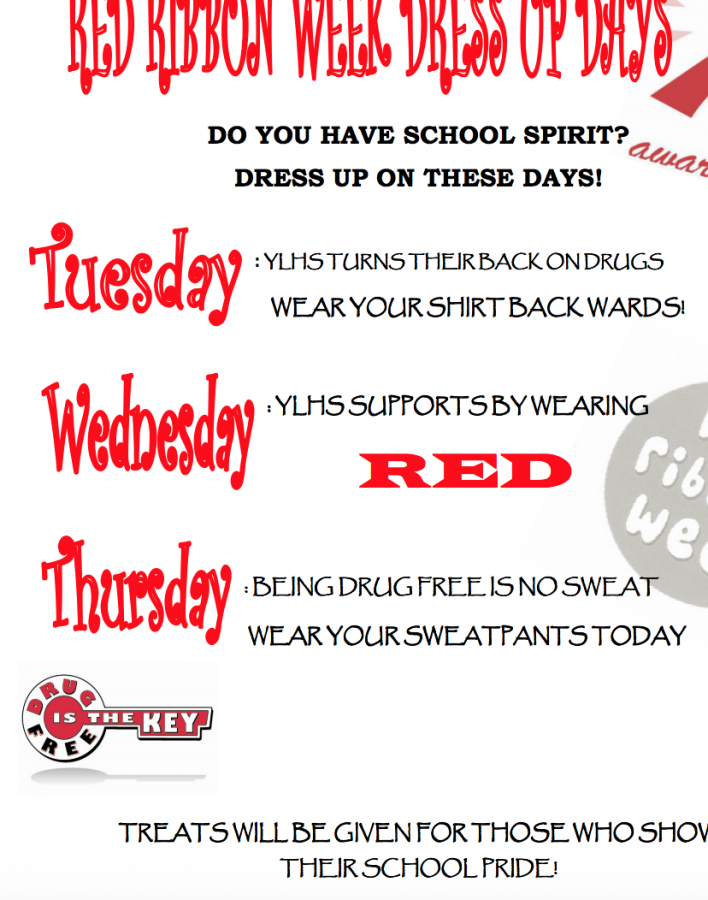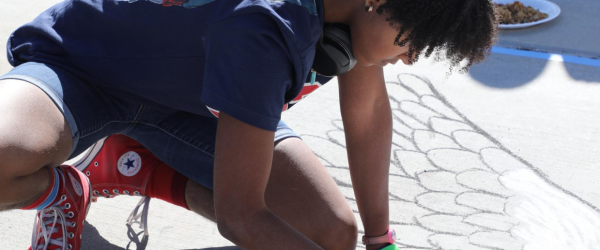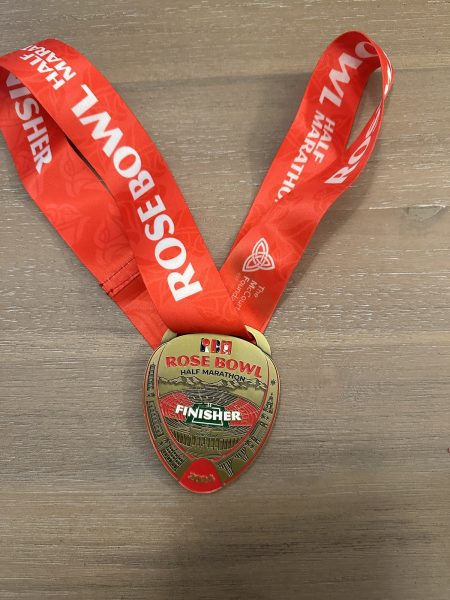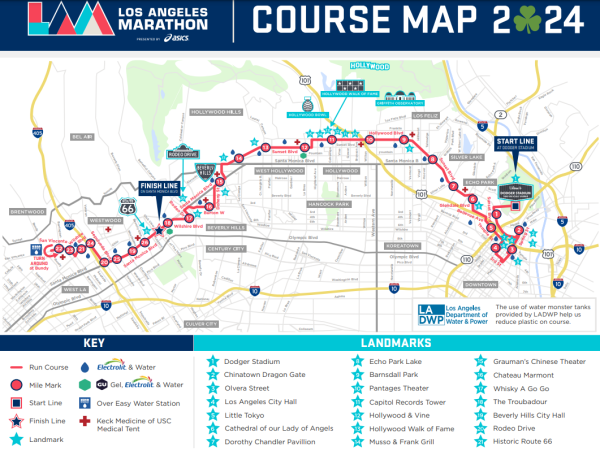Breaking Through the Red Ribbon: Exploring the Effectiveness of Drug Free Awareness Week
A YLHS poster from a previous year displaying the dress up days in observance of Red Ribbon Week.
November 13, 2018
Drugs. Alcohol. Smoking. Partying. These words have become synonymous with the high school experience. Drug use especially has become ridiculously prevalent amongst all high schools across the United States. According to Newport Academy, more than 60% of teens have attested to seeing the use, distribution, or purchase of drugs on their campuses. It has become evidently clear that a major problem is developing among the new generation. In an attempt to combat drug abuse, many schools have implemented a Drug Free Awareness Week, often termed Red Ribbon Week. Yet is the campaign to stay drug free truly effective?
At Yorba Linda High School, Red Ribbon Week consists of various dress up days along with various posters promoting drug-free awareness. The observance of the campaign for the 2018-2019 school year included dress-up days such as “Hugs Not Drugs” in which students brought in a stuffed animal. While the titles are witty and the dress up days are cute, there is little evidence that dress-up days or posters promote any real change. For most students, Red Ribbon Week is like any other week, except the halls are covered in posters and classmates are sporting various attire. Jayden Hawley (11) sums up the majority of student’s attitude regarding the red themed week and how it is perceived as “unmemorable and insignificant.” Many don’t bother to give a second thought to what the week is truly about.
People, teens especially, don’t typically respond well to being told what to do. Telling students not to take drugs without any further explanation will become forgotten lessons that can easily be ignored. It is frustrating and ineffective when a parent says, “Because I said so.” Everyone can attest to the fact that this is not the way to convince an audience, but Drug-Free Awareness Week is doing just that. If the only method of observing this important event is dress-up days and posters, Red Ribbon Week might as well not exist.
In order for Red Ribbon Week to be genuinely successful, time needs to be carved out of the school day to focus on how substance abuse damages a person’s life. Teens need to see and hear the consequences of drug use. Effective methods may include inviting speakers from Alcoholics Anonymous, Narcotics Anonymous, police officers, family members of abusers, and more to answer questions and speak with the students. Hearing first hand experiences will echo through the minds of youth, forcing teens to face the frightening consequences of addiction.
In order for substance abuse in teens to decline, students need to learn from other’s mistakes and experiences. Red Ribbon Week is essentially a wake-up call, forcing teens to reflect on their life choices. Unfortunately, dress-up days cannot adequately achieve this goal. A drug-free awareness week has the potential to create a tidal wave of change in a new generation, but only if it takes the observance seriously. The week needs to emerge from its place as a national joke to a time of transformative experience.





















